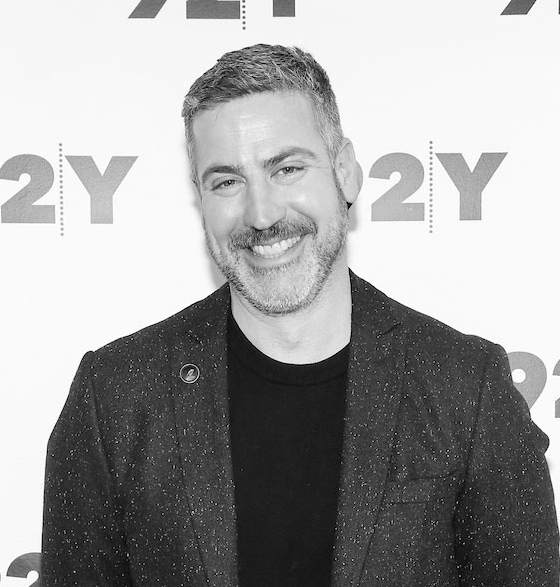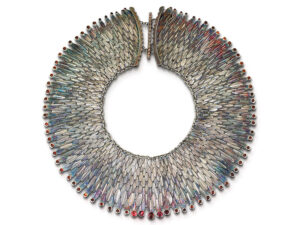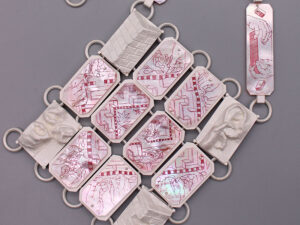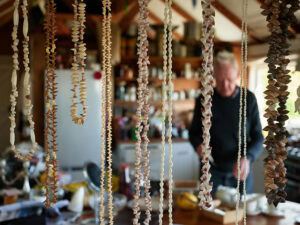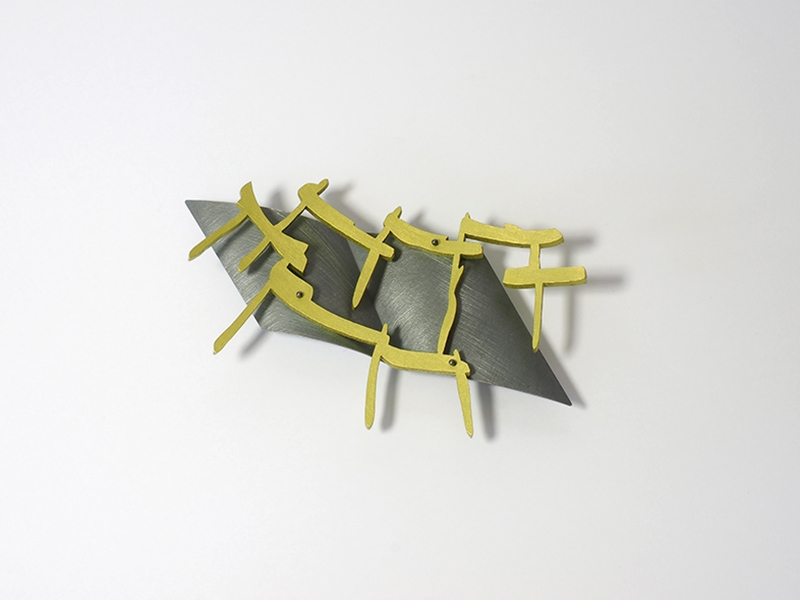
Jonathan Wahl: Looking back at the last 24 years of making, tell me what resonates most for you.
Margit Hart: How different the pieces of the various work groups look and how my work changed; and how nevertheless the work groups are closely connected and relate to each other. How my spectrum of expression broadened. Trusting my gut feelings more and more, and making work I feel strong about.
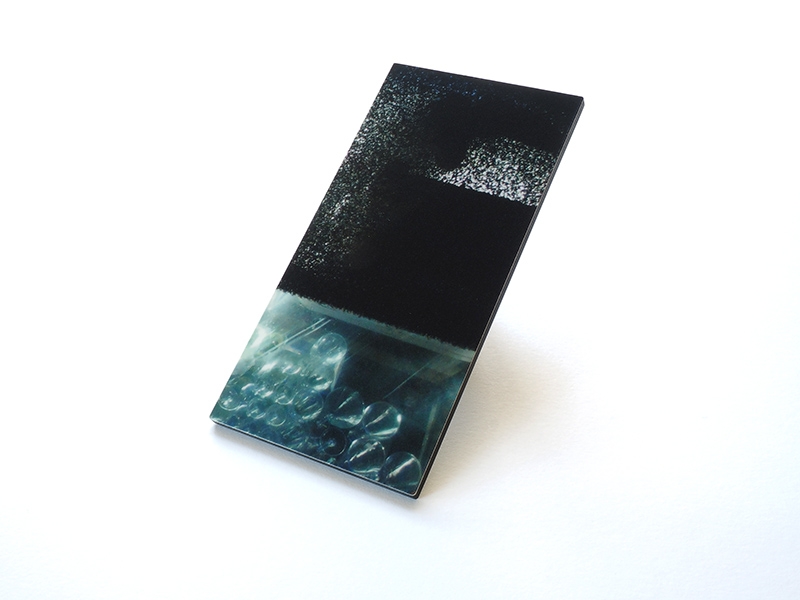
We met in graduate school at SUNY New Paltz. Is there anything from your work at that time that has stayed with you?
Margit Hart: The freedom to think differently, to leave the safe ground of knowing and to try things out; learning to live with the non-perfect; overcoming difficulties and getting the work done nevertheless!
I am thankful to have had the opportunity to study in an open-minded environment where the development of one’s own personal potential was fostered without having to carry the backpack of European tradition.
In you artist statements and your titles, you mention getting lost, shifting perspectives, horizons changing, different dimensions, and unexpected things. It almost sounds a little Alice in Wonderland, as though you’re on a trip of some kind. Can you talk about that?
Margit Hart: Life is about development and wondering, about walking in a certain direction because you feel strong about it; and also about changing direction again because your personality, your way of thinking, and thus also your work developed, and your path through life needs adjustment.
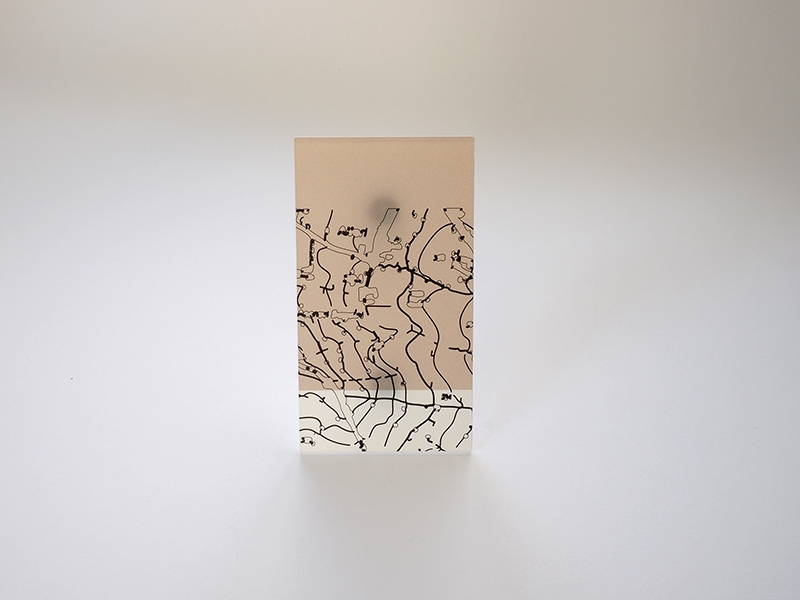
With the thought of abstraction in mind, what fascinates you about lost places, which you mention in your Horizons series? What significance do they have?
Margit Hart: The title Horizons Lost Places arose from the fact that the pieces are made from the remnants from the first Horizons pieces. My imagination got caught by the beauty of the accidental leftovers. I then decided on specific cuts and the additional metal parts—giving a new meaning to something seemingly worthless.
On another level, this series has to do with orientation and change, with abandoning something known and moving forward to the yet (at times even scary) unknown; and it’s also about finding one’s own place in life (each one of us); going into the depth of things, and at the same time staying awake to discern new venues.
It’s about challenging myself and, in a way, also the viewers and wearers. This challenge was important to me when I started my venture with contemporary jewelry many years ago. And I think it’s still worthwhile, even if only a small percentage of the public is willing to embark on this as well.
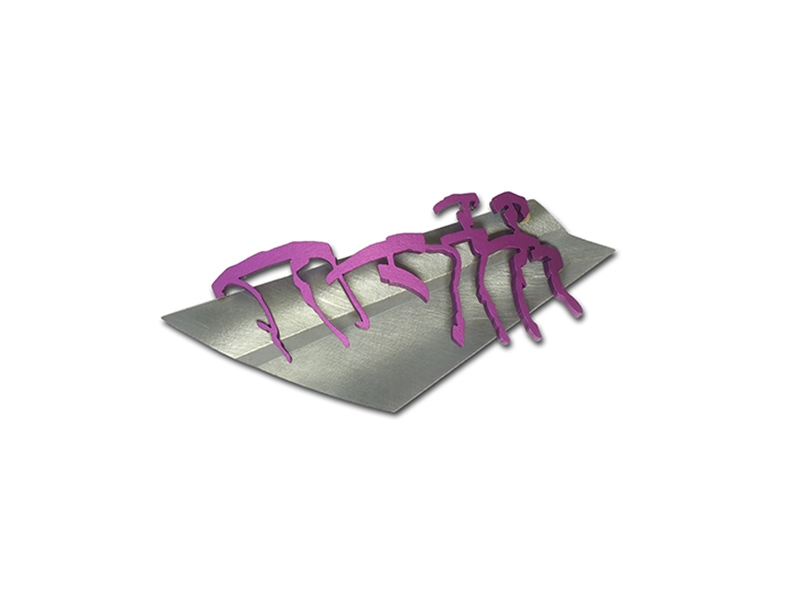
I love the images as jewelry series. Can you talk about that process, as most of your work is “abstractions”? What does it mean or not mean to put an image on the body? More specifically, the images seem like abstractions, almost patterns. They don’t read as landscapes or portraits, but more as pattern. Is that important to you? Shifted Relations and really any time you use an image in jewelry is what I’m curious about.
Margit Hart: This shift in perception is exactly what I’m interested in. When I decide to transform an image into a piece of jewelry, there’s something that captures my mind, or better: Less my mind and more an inner intuition which focuses on specific parts of an image. It has to do with how I’m observing the world around me—often with a kind of photographic mindset.
I try to capture the essence of an image, and I’d like to convey my mindset and my curiosity to the viewers and wearers—to look at things in a different way as well, with the same sense of wonder, of astonishment, which I feel sometimes when listening to music or seeing a theater performance.
I see jewelry as something more than merely adornment with conventional and “pretty” shapes. I am aiming at a new vocabulary of forms, which sometimes might be reminiscent of patterns or ornaments, but in a different way than traditional costume jewelry.
I am happy when viewers connect with their interpretation, with their own stories; it’s exciting to listen to the variety of responses. Wearing the pieces in different surroundings with different viewers seeing them, communication can be opened and broadened even more.
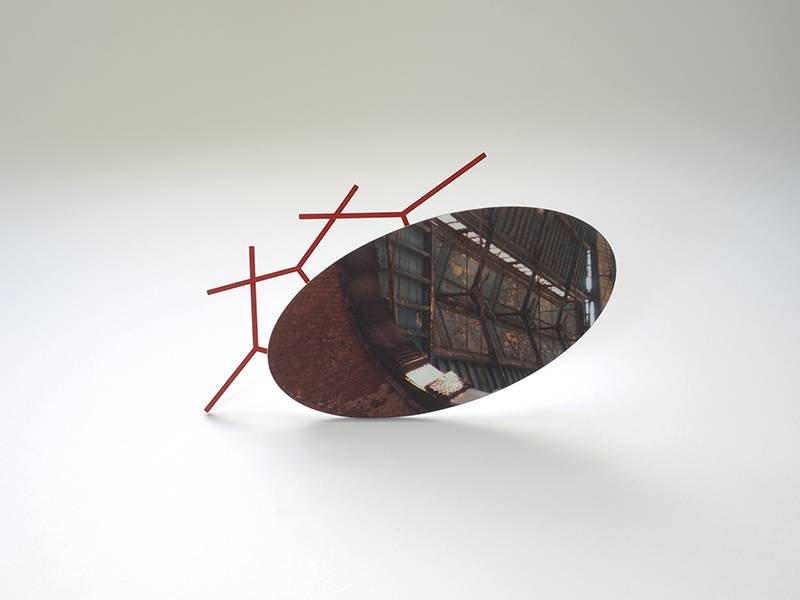
I wrote the following five years ago for Eyes On, Month of Photography in Vienna, to articulate this approach:
Positioning photographs on the human body as jewelry leads us towards a different dimension and opens up different perspectives as well as an exploration of the photographic medium. By wearing jewelry we are therefore involved in actively changing the context of the photos, and we interact with these pieces much more closely and directly than with an image hanging on a wall rather isolated and independent. Through the small format and specific crops the depicted images are perceived differently, realities become blurred and are transformed into something new. … An abundance of connotations and links previously not thought of arise. In my works the image itself—without any further decorative trimmings—becomes a gem.
You mainly make brooches. Why is that?
Margit Hart: Brooches are the most appropriate settings for my compositions. Comparatively, the brooch doesn’t have many restrictions despite its weight. I also like the quality of movement in neckpieces and the dialogue of a ring with the hand—so these aspects might be a challenge for future work to come, we’ll see.

One of my favorite questions to ask artists is, “Who are your five heroes?”—artistically or in general.
Margit Hart: Gianmaria Testa, because he had the ability to capture in his songs what’s really essential in life as well as some current issues, touching his audience with his texts and his music.
Pema Chödrön and her book The Wisdom of No Escape, which my friend, Christine Miller, who studied photography at New Paltz, pointed out to me and which has been a constant companion ever since.
Karlheinz Böhm, with his humanitarian initiative “Menschen für Menschen.”
Mozart, because his music makes my soul quiet and floating.
My tai chi and qigong teacher, Franz Redl, because he also opened up the world of E-Motion Dance to me, a way of exploring free and joyful movement and expressing one’s emotions through free dancing (closely connected to the five Chinese elements).
In general, people who are pursuing their vocation with persistence and honesty, regardless of whether they’re famous or known only to a relatively small group of people.
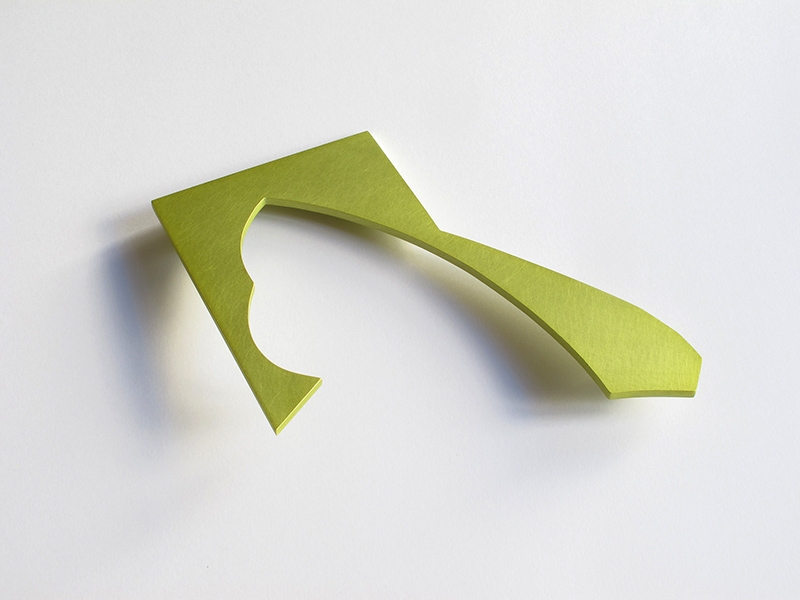
Is there an aspect of contemporary jewelry that really excites you that is developing now?
Margit Hart: I love work where I can feel the personal engagement of a maker, going beyond the superficial and exploring a matter in depth. And I find it fascinating when artists are crossing the borders of different disciplines like, for example—to mention only two—Zoe Robertson or Christoph Zellweger. Opening the borders might make it more difficult for the public to receive some work, but I see this development as necessary, very fruitful, and a great chance for fresh approaches and new points of view in the future.
You are married to Fritz Maierhofer. What is it like to live and work with another jeweler? Is there a lot of interaction in the making or conception of work?
Margit Hart: Well, we both have our own studios and make our own individual work. Life and work, though, are closely intertwined, and the feedback we give each other is extremely valuable. We might at times also reflect similar issues and aspects, but the way we translate them into the actual pieces is different. At times—when one of us is working away and the other is searching for something new to get involved in—it can also be quite hard. Overall, it’s worthwhile and a great gift!
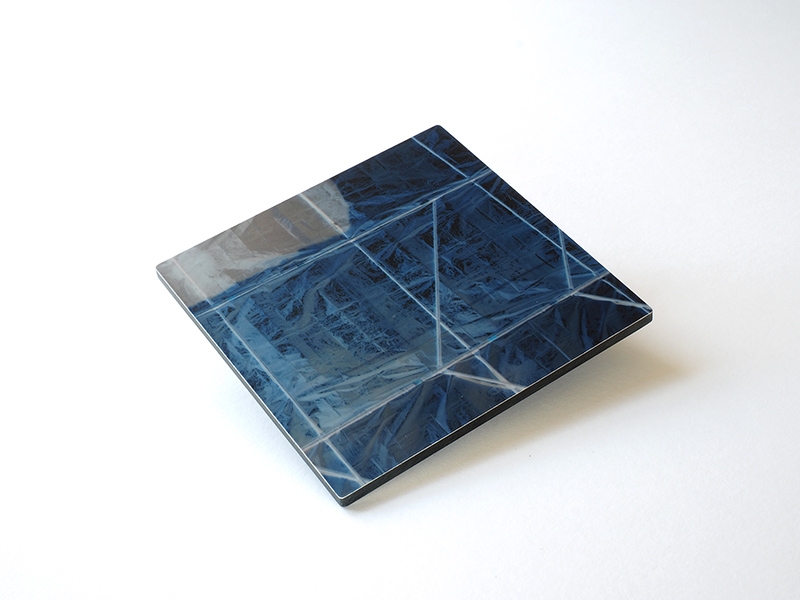
Do you have a fantasy body of work you’d like to make? Such as if you had a million euros you would make _____? Or to put it another way, what are you excited about making next?
Margit Hart: I’m looking forward to developing new work both in a three-dimensional way as well as graphic-oriented. There are drawings waiting to be realized and I want to experiment using different materials and techniques. And I’d love to use gold for some pieces—not because of value issues but because of the wonderful properties that material carries within. So, I have some plans and at the same time I want to stay open for surprises and unexpected input.
Thank you.
